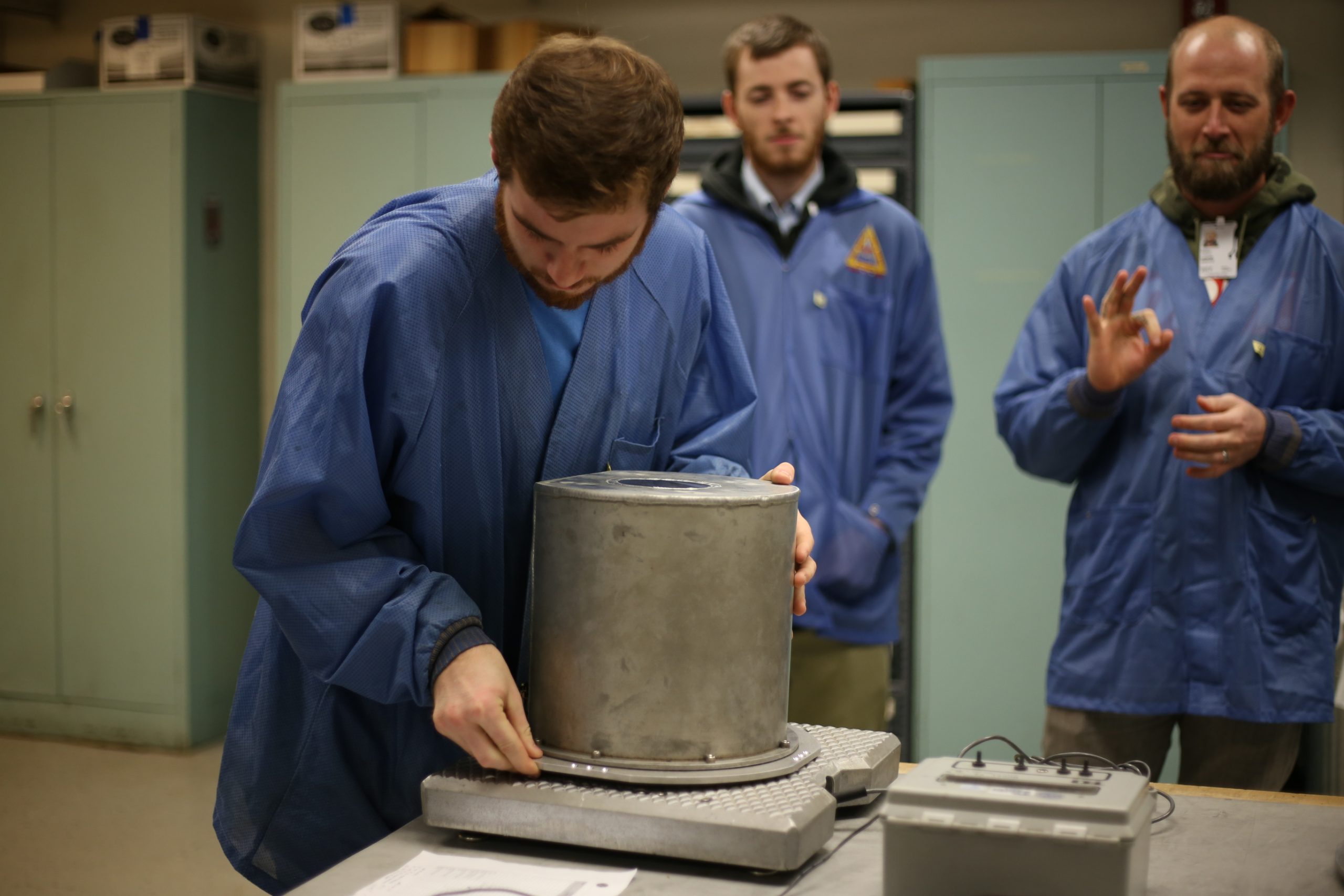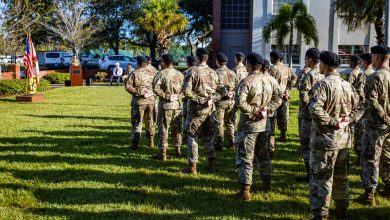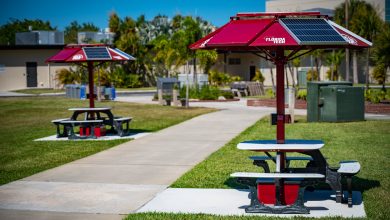Student-Designed Payload Launching from NASA Wallops Flight Facility
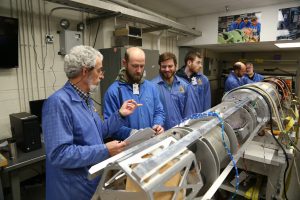
Florida Tech alumni and graduate students team up to launch their experiment onboard a suborbital rocket at NASA Wallops Flight Facility.
They’ve spent over a year designing and building their playload which will launch on March 22, 2018.
“Our payload will be loaded into a sounding rocket, which is a suborbital rocket,” said Logan Giacco, the team’s project manager.
Basically, a sounding rocket carries scientific instruments into space along a parabolic trajectory, so the rocket’s overall time in space is brief—it goes up and comes back down.
The launch is scheduled for 6 a.m. on March 22 at NASA Wallops Flight Facility in Virginia.
The project—called ARISE (Aerospace wire-Repair Intelligent System Experiment)—will test the effectiveness of a wire repair method developed by NASA and Vencore in the microgravity created by the 15-minute rocket flight.
The team, which started with five members, is down to only three—Brace White, an aerospace engineering master’s student, Nicholas Cushing, a mechanical engineering alumnus, and Logan Giacco, an aerospace engineering alumnus who now works as an Integration Engineer at Harris Corporation.

They won funding for the experiment, which began as a Senior Design project, through the NASA Undergraduate Student Instrument Project Student Flight Research Opportunity program.
Giacco said the payload started out as a two-dimensional picture and was slowly built up through two major revisions.
“There was a lot of Creo and a lot of ANSYS. Some of it worked and some of it didn’t,” he said. “It has been an iterative process to figure out what doesn’t work, how to fix it and move on.”
White, Cushing and Giacco have been working back and forth between the Harris Student Design Center on campus and the Applied Research Lab to finish the payload before the launch.
They also spent eight days in January testing their payload functionality at the facility where the launch will take place.
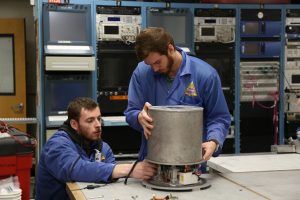
“It was nice to see that what we’d done survived the testing we subjected it to and that the bulk of our work was in the right direction,” Giacco said.
He said nothing structurally failed or broke during testing, and the failures the team did have were simple fixes.
The team’s largest task over the past few weeks has been ironing out hiccups with the electronics.
“None of us are electrical engineers, so we’re having to figure it out as we go,” Giacco said.
But what the three feel they lack in electrical engineering knowledge, they make up for in bowling prowess.
“We became the winningest team in FIT Bowling Club history last semester,” Cushing explained. “Because every Wednesday night, we bowl. That’s been our stress-release.”

White, Cushing and Giacco said they’ve come a long way and have learned a lot through the project.
“Overall, it’s been a frustrating but really great experience,” Giacco said. “This has been a special opportunity to be able to do something that’s so real.”
According to Giacco, a lot of senior projects are just through the design cycle.
“But ours had a real client, real deadlines and a real launch date,” he said. “We got to go to a NASA facility for a week and do integration and testing work with NASA engineers, learn from what they were doing, learn from our mistakes…It’s been cool to be part of something that unique within the program.”
Giacco and White are currently on their way to Virginia for the launch.
Cushing is heading there on Tuesday.

“We are all super stoked to go and see this through,” he said. “But we are stoked to be done with it and to move on, too.”
Want to watch the launch live?
Live coverage is scheduled to begin at 6 a.m. March 22 on the Wallops Ustream site at http://www.ustream.tv/channel/nasa-tv-wallops.

